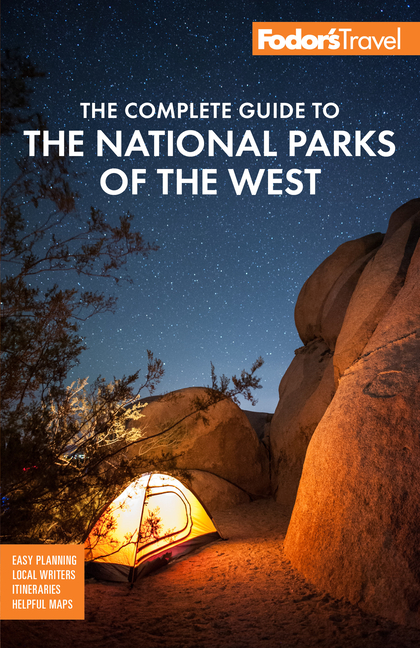Getting Oriented in Jasper National Park
Wild and untamed, the 11,228 square km (4,335 square miles) of Jasper National Park encompass rugged mountain terrain, natural hot springs, crystal-clear lakes, rivers, raging waterfalls, glaciers, and an abundance of wildlife.
- Yellowhead Corridor. Trans-Canada Highway 16 (Yellowhead Highway) travels through the foothills and main ranges of the Canadian Rockies. Highlights are views of the Jasper Lake sand dunes (Km 27), Disaster Point Animal Lick (Km 39½), Pocahontas Coal Mine Interpretive Trail (Km 39½), and Miette Hot Springs (Km 58).
- Jasper Townsite. Shops, restaurants, nightclubs, and the main park information center are here. Just outside town are Lac Beauvert, Lake Annette, and Lake Edith, plus Old Fort Point, and Jasper Skytram.
- Maligne Valley. Highlights of this region include the Athabasca Valley Lookout (Km 5.8), Maligne Canyon (Km 7), Medicine Lake (Km 20.7), and Maligne Lake (Km 45), where the paved road ends.
- Cavell Road. The road is just past the Astoria River bridge (Km 11.7) on Highway 93A, south of Jasper Townsite. Weather permitting, it's generally open from mid-June to mid-October. Highlights include Astoria Valley Viewpoint, Mount Edith Cavell, and Cavell Meadows.
- Icefields Parkway. Highway 93 spans 230 km (143 miles) between Jasper Townsite and Lake Louise and is one of the world's most spectacular drives. Highlights include Athabasca Falls (Km 31), Sunwapta Falls (Km 55), Columbia Icefield (Km 103), Sunwapta Pass (Km 108), and the Weeping Wall (Km 125).




